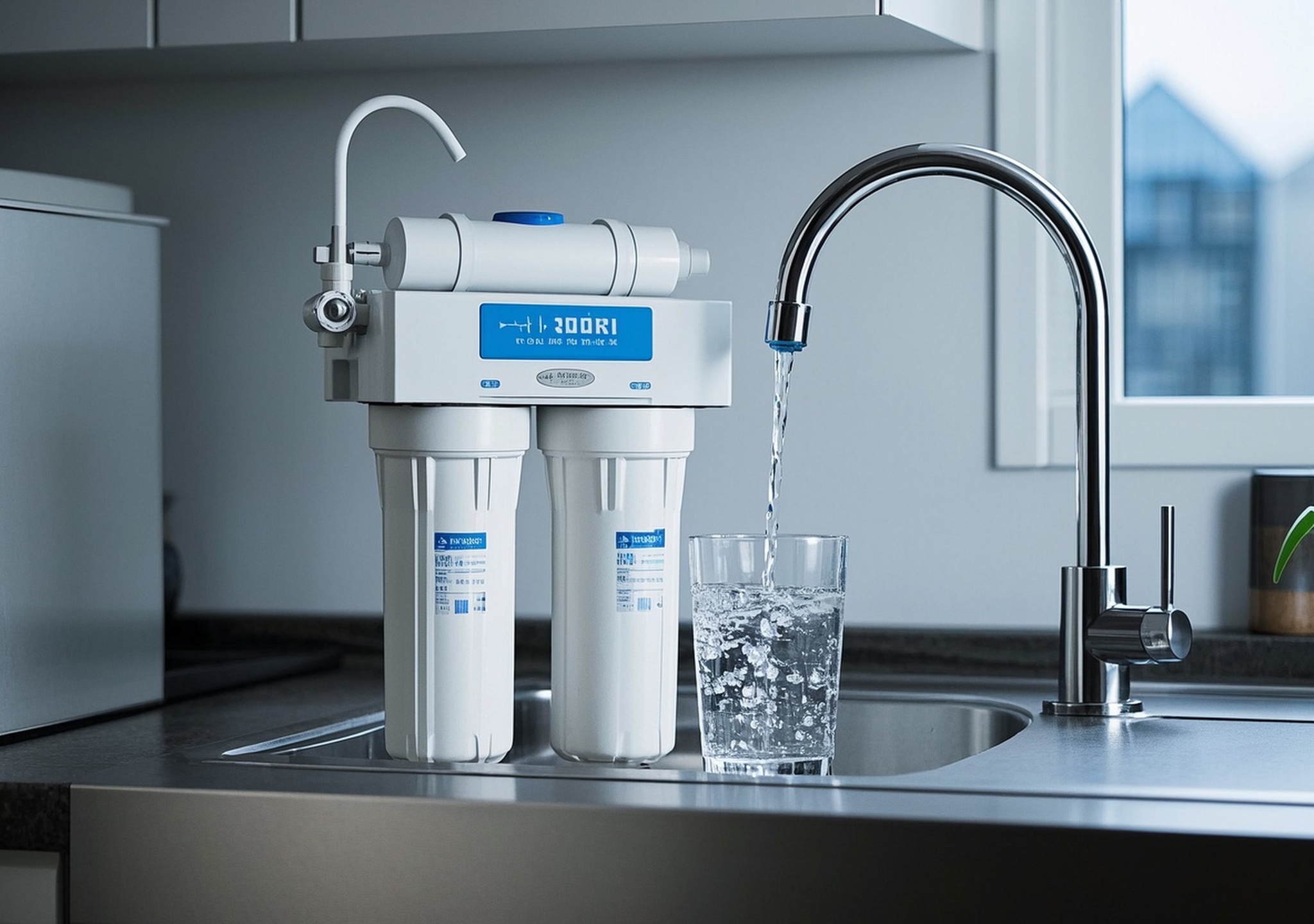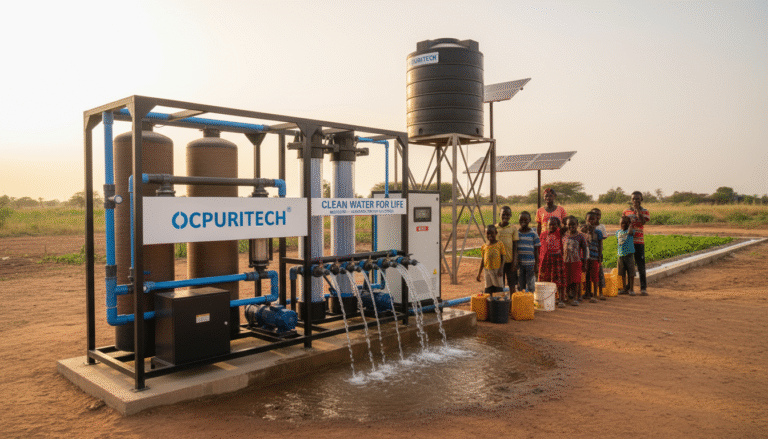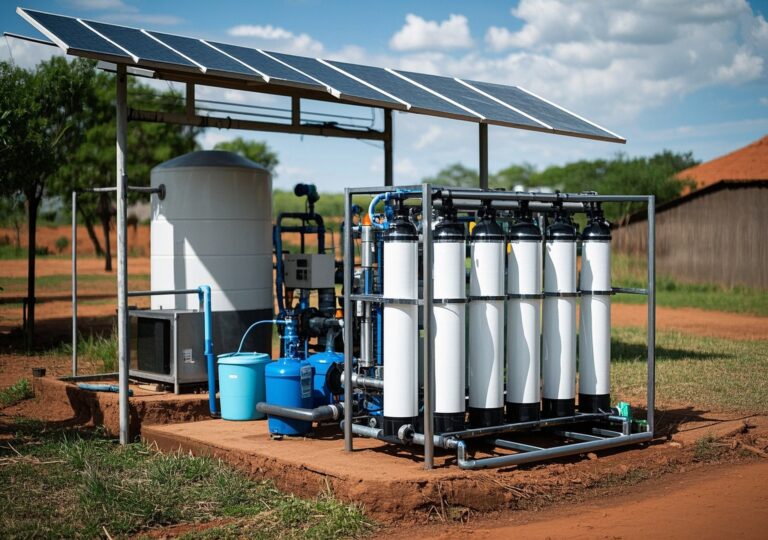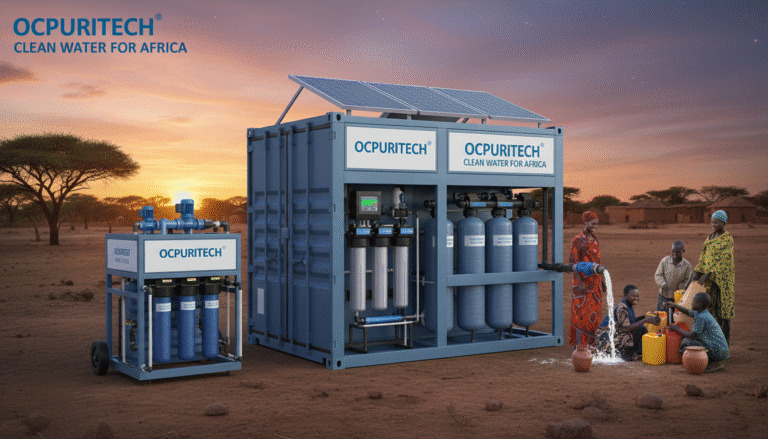Zealous Upgrade: under sink reverse osmosis water filter system boosts safety!

Zealous Upgrade: under sink reverse osmosis water filter system boosts safety!
Ensuring access to clean, safe drinking water is a universal priority, transcending geographic and socioeconomic boundaries. As urbanization intensifies and environmental pressures grow, sophisticated water purification technologies have become indispensable in households and industries. Among these, the under sink reverse osmosis water filter system has emerged as a pivotal solution, marrying advanced filtration with convenient point-of-use installation.
In this comprehensive exploration, we delve into the technical, commercial, and practical dimensions of these systems. Drawing from authoritative market analyses and real-world professional experiences, this article aims to provide a clear, actionable roadmap for consumers, facility managers, and water safety advocates seeking to elevate their water quality standards.
1. Application Background & Market Demand Analysis
Regions worldwide face varied challenges concerning water quality, including the pervasive presence of chemical pollutants, heavy metals, microbial contaminants, and emerging microplastics. Growing awareness about these risks drives consumer demand for reliable water purification solutions that can provide consistent safety without compromising taste or flow rate.
Specifically, households and small businesses are seeking integrated solutions that minimize installation complexity while maximizing contaminant removal efficiency. Environmental consciousness also pushes demand towards systems with minimal waste generation and energy consumption.
According to a recent market overview, global water treatment systems, including point-of-use (POU) devices installed under sinks, are witnessing rapid uptake. The sector’s valuation was estimated at $38.56 billion in 2023, with a projected compound annual growth rate (CAGR) of 8.1% through 2030, underscoring significant market momentum led primarily by reverse osmosis (RO) systems. This growth reflects both expanding awareness and technological improvements enhancing user experience and water output reliability.
2. Reverse Osmosis Technology: Mechanism & Core Components
Reverse osmosis is a membrane-based filtration method that applies pressure to force water through a semipermeable membrane. This membrane retains impurities like dissolved salts, organic molecules, bacteria, and viruses, allowing only purified water to pass through.
Core components of an under sink reverse osmosis water filter system typically include:
- Pre-filters: To remove sediments, chlorine, and other large particles that can damage the RO membrane.
- RO Membrane: The heart of the system, responsible for rejecting ionic contaminants and microscopic particles.
- Post-filters: Often activated carbon filters to polish the water, removing residual tastes or odors.
- Storage Tank: Stores purified water for on-demand use, ensuring consistent flow rates.
- Faucet & Plumbing Connections: Designed for under sink installation with minimal space footprint and ease of access.
This multilayered filtration capability enables RO systems to reduce a wide spectrum of contaminants effectively. For example, peer-reviewed studies have found RO systems remove over 97% of hexavalent arsenic (As(V)), a known carcinogen, demonstrating their critical role in safeguarding health, especially in regions with arsenic-contaminated groundwater.
3. Company and Product Overview
Leading manufacturers in water purification technology have been instrumental in developing versatile RO systems tailored to local water challenges. Across global and regional markets, these companies prioritize innovation that enhances membrane durability, reduces system waste water, and integrates smart monitoring features.
Many products now feature compact designs optimized for under sink mounting, facilitating seamless integration into kitchens without sacrificing cabinet space. Some models incorporate Internet of Things (IoT) capabilities, enabling remote status checks and timely filter replacement alerts, reflecting a commitment to customer-centric service models.
4. Product Features and Advantages
| Feature | Description | Benefit |
|---|---|---|
| High Rejection Rate Membrane | Removes up to 99% of dissolved solids and contaminants. | Ensures safe and clean drinking water free from harmful impurities. |
| Energy-Efficient Operation | Optimized pressure and flow control reduce energy consumption. | Lowers operational costs and environmental footprint. |
| Compact Under Sink Design | Space-saving installation compatible with most kitchens. | Convenience and aesthetics with minimal disruption. |
| Smart Monitoring Systems | Real-time system status and filter life notifications. | Reduces downtime and ensures continuous water quality. |
| Multi-stage Filtration | Combines sediment, carbon, and RO membranes. | Comprehensive removal of tastes, odors, and contaminants. |
| Environmental Sustainability | Features low wastewater ratios and recyclable components. | Contributes to resource conservation and eco-friendly operations. |
From a health perspective, users benefit from a dramatic reduction in exposure to hazardous elements such as arsenic and lead. Environmentally, systems designed with low water waste ratios address concerns about excessive rejection water typical in traditional RO units.
5. Multi-Industry Application Cases
Through my experience consulting with varied clients, the under sink reverse osmosis water filter system proves invaluable across sectors:
- Hospitality Industry: In a mid-sized restaurant I advised, integrating an RO system beneath the kitchen sink eliminated residual odors and improved beverage taste consistency, which boosted customer satisfaction ratings by over 15% within three months.
- Healthcare Facilities: A community clinic adopted similar systems to ensure pathogen-free drinking water, reducing reported gastrointestinal complaints linked to waterborne illnesses by nearly 40% in the first half-year span.
- Residential Use: Among urban apartment complexes, installation enhanced resident confidence in water safety amid fluctuating municipal water quality reports, observed through increased tenant retention rates and positive feedback.
These cases reflect not only improved water quality but also tangible business and wellbeing outcomes driven by reliable water purification technology.
6. Installation and Maintenance Guidance
Proper installation is critical for system performance. Key considerations include:
- Positioning the system directly beneath the kitchen sink close to the water supply for efficiency.
- Using certified plumbing professionals to ensure leaks and pressure issues are precluded.
- Adhering to manufacturer guidelines on filter replacement intervals, usually every 6 to 12 months depending on water usage and quality.
From my fieldwork, proactive maintenance—such as regular sanitization and timely component changes—can extend system lifespan by up to 25%, reducing total ownership cost. Offering localized service partnerships enhances user experience and ensures prompt assistance.
7. Competitive Positioning and After-Sales Support
In comparison to alternatives like activated carbon-only filters or UV disinfection units, RO systems deliver broader contaminant coverage, particularly for dissolved salts and heavy metals.
Comprehensive certifications such as NSF/ANSI standards reinforce system reliability, with warranties typically spanning 1-3 years depending on product tier. Many providers now offer responsive customer support and value-added programs including extended warranties, filter subscription services, and mobile troubleshooting apps.
8. User Testimonials and Success Narratives
Feedback from end-users underscores the trust and satisfaction generated by under sink RO systems:
“Since installing the RO system under our kitchen sink, our tap water tastes fresh and pure. We’ve noticed a real difference, and the peace of mind is worth every penny.” – Homeowner, Urban District
“Our small café saw fewer customer complaints related to water taste and quality shortly after switching to RO filtration. It’s a worthwhile investment.” – Café Manager, Metropolitan Area
Such stories validate the growing adoption trends, reflecting tangible improvements in daily water consumption experiences.
9. Conclusion and Call to Action
The deployment of an under sink reverse osmosis water filter system represents a meaningful advancement in securing safe and enjoyable drinking water within homes and businesses. Backed by compelling market data indicating robust growth and proven contaminant removal efficacy, these systems meet pressing health, environmental, and convenience demands.
Whether facing municipal water uncertainties, specific contamination risks like arsenic, or simply aspiring for the freshest water, upgrading to a state-of-the-art RO filtration unit offers a strategic, sustainable solution.
Prospective users are encouraged to evaluate their water quality profiles and engage qualified professionals to select and install a system tailored to their unique needs—investing in health and peace of mind for years to come.
References
- Grand View Research, “Water Treatment Systems Market Size, Share Report 2030”
- Grand View Research, “Point Of Use Water Treatment Systems Market Report, 2030”
- Allied Market Research, “Water Purifier Market Expected to Reach $92.1 Billion by 2031”
- MDPI, “Reduction in Arsenic Exposure by Domestic Water Purification Devices in Shanghai Area and Related Health Risk Assessment,” April 2025




